A beautiful waterfall glistens in the sunlight, and the snow attracts the viewers to look closer.
Water drops from the pine tree nearby as the birds chirp: this setting is splendid.
Are you wondering how to encapsulate all the details in your painting? Well, you have arrived at the right place.
Paintings can be the best way to exhibit your personality, and your painting can tell a lot about you.
It would be best if you were here to learn how to paint a beautiful waterfall landscape with snow.
We’ve got you covered. Here are step-by-step tips on drawing your waterfall landscape ideas, including composition and techniques.
Grab your brush and follow along carefully to get your painting done.
Gear Up for Painting
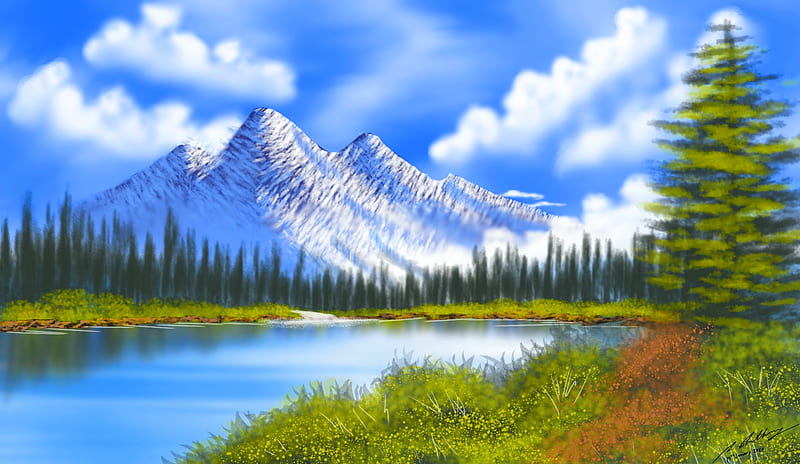
The following are the prerequisites for painting a waterfall landscape with snow,
- Acrylic paint – The painting will take up a lot of colors, including white, blue, green, and black.
- Brushes – For the detailing, you will need a variety of brushes, such as flat brushes, round brushes, and a Filbert brush.
- Palette – A quality palette to mix the colors.
- Water – A lot of water is used to mix the paints and clean brushes.
- Paper or canvas – The surface where you draw according to your preference.
Guided Steps: Start Drawing
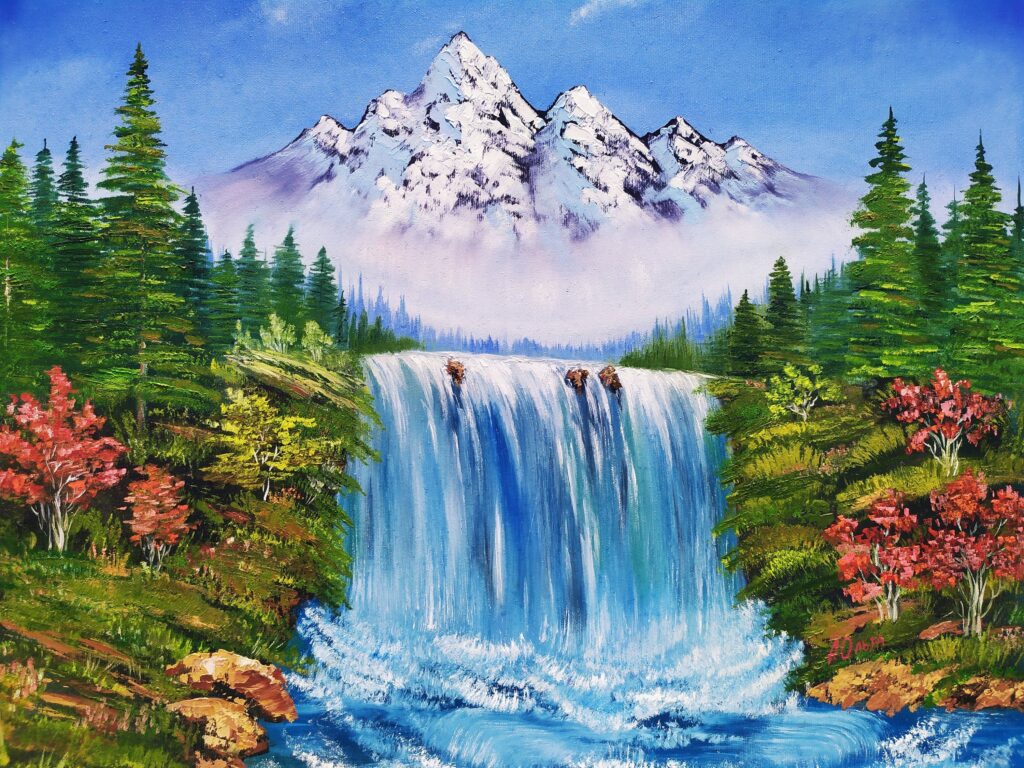
Follow the 6 steps carefully to achieve the desired result,
- Step 1 – Start with the sketch – Draw a basic sketch to visualize the composition of your painting.
- Step 2 – Block in the basic colors—Use a light touch to apply the basic color of the landscape.
- Step 3 – Add details – Once the basic colors are done, go for the detailing, such as the rocks, plants, and trees.
- Step 4 – Blend them all – Use a blending brush to blend all the colors.
- Step 5 – Add shadows and highlights – Use dark and light colors to add shadows and highlights.
- Step 6 – Sign – Once you finish painting, put your signature.
Why is Painting a Waterfall Landscape with Snow Challenging?
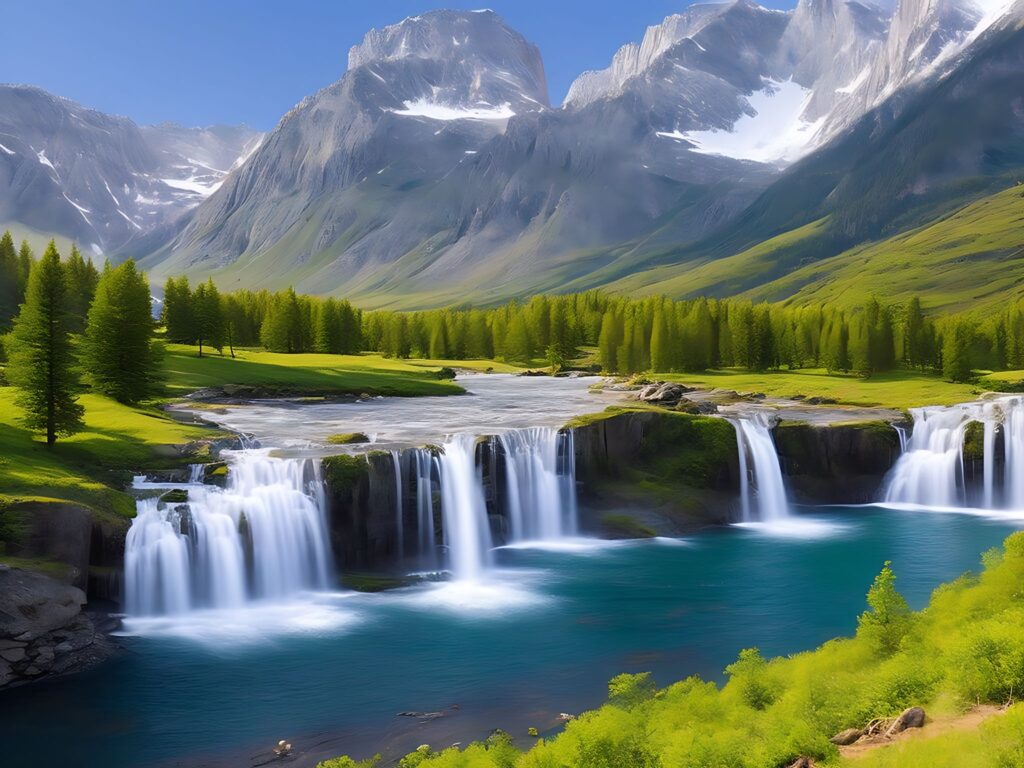
Painting a waterfall landscape with snow can be challenging because of the following ways,
- The snow is light, so it can be difficult to paint accurately. The waterfall is also a very bright color, so it can be challenging to make it stand out from the snow.
- One reason is the different textures of the snow and waterfalls. The snow has a soft and fluffy texture, while the waterfall has a hard and crashing texture. It can be hard to capture both of them in the same painting.
- The snow and the waterfall reflect differently, so it may be difficult to paint them accurately.
- The waterfall must be painted meticulously to achieve visual appeal, as a slight mistake can ruin the whole painting.
However, painting a waterfall landscape can be rewarding. The result can be a realistic and beautiful depiction of a winter wonderland.
How to Paint Snow in a Waterfall Landscape?
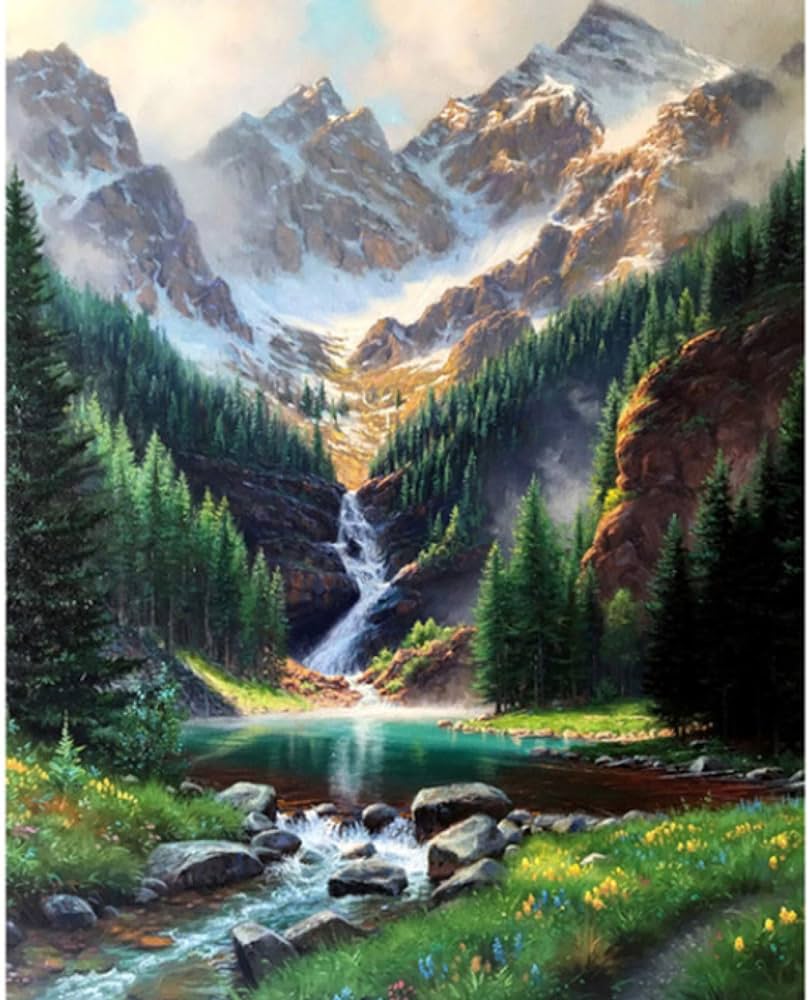
Here are some tips on how to paint snow in a waterfall landscape,
- Using a light touch is paramount while painting snow. You can always add more paint, but you cannot take away paint.
- It takes a different variety of brushes to paint the snow. Since the snow has a variety of textures, use a variety of brushstrokes to paint. For example, You can use a stippling brush to paint the soft and fluffy texture of the snow.
- A blending brush can blend the colors and create a seamless transition between the snow and other elements in the picture.
- Shadows make the painting realistic. It is important to paint the shadows carefully.
- The snow should have highlights. It is important to add highlights to create a visual appeal.
- Feel free to use a variety of colors. Snow is not just white. It is grey, blue, and even brown. So mix them properly to achieve the desired result.
- Start with a light color and develop the colors gradually. This will prevent too much paint from getting on the brush and avoid a muddy mess.
- Use a palette knife to blend the paints perfectly. To add textures, remember sponges and stippling brushes.
Don’t Forget to Frame Your Piece of Work
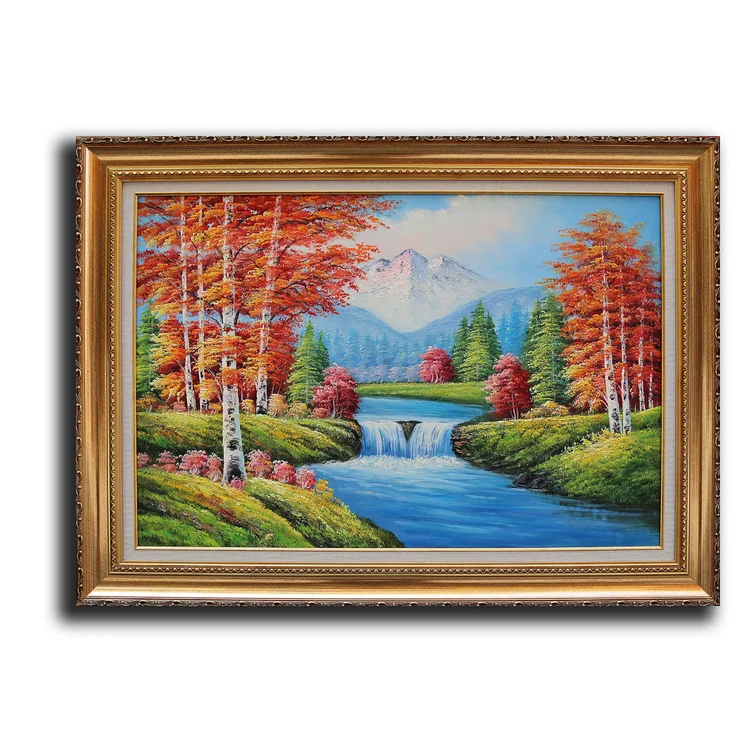
Doesn’t your piece of work need to be framed? Follow the tips below on how to add matte and frame accordingly,
- Choose the matte carefully; if the painting has more whites, you can choose a white or grey matte. If it has a lot of blue, go for a blue matte.
- The matte should be the same width as the frame to create a balanced look.
- The frame plays a vital role in exhibiting the painting. You might choose a simple and contemporary frame if the painting is a modern landscape. You might select an ornate frame if the painting is a traditional landscape.
Final Thoughts
In conclusion, painting a beautiful waterfall landscape can be exhausting and require much effort, but the results can be rewarding.
The finished work can depict a winter wonderland. Follow the tips carefully to achieve the desired result.
Use a light touch while painting the snow, use various brushstrokes to create different textures, and use a blending brush to blend the colors.
Pay attention to the shadows and highlights, feel free to use various colors, and pick the appropriate frame.
Painting a waterfall landscape can be challenging. Don’t be afraid to make mistakes; take your time and enjoy the process.

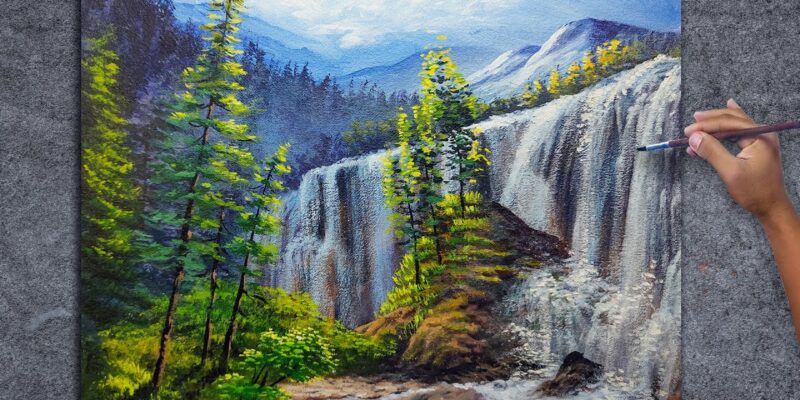




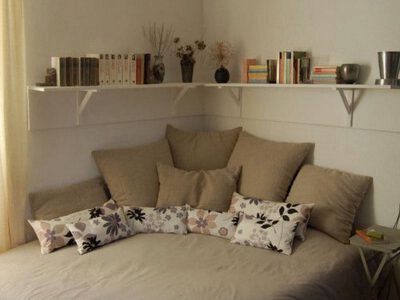
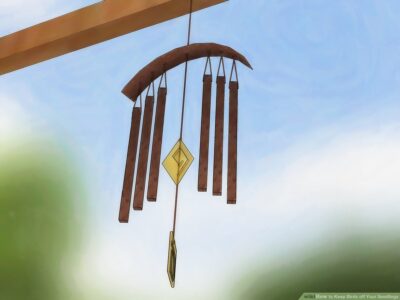


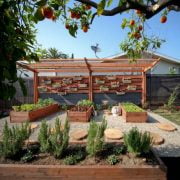
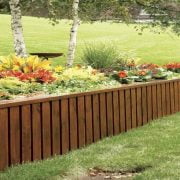

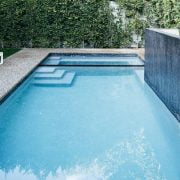
Comments